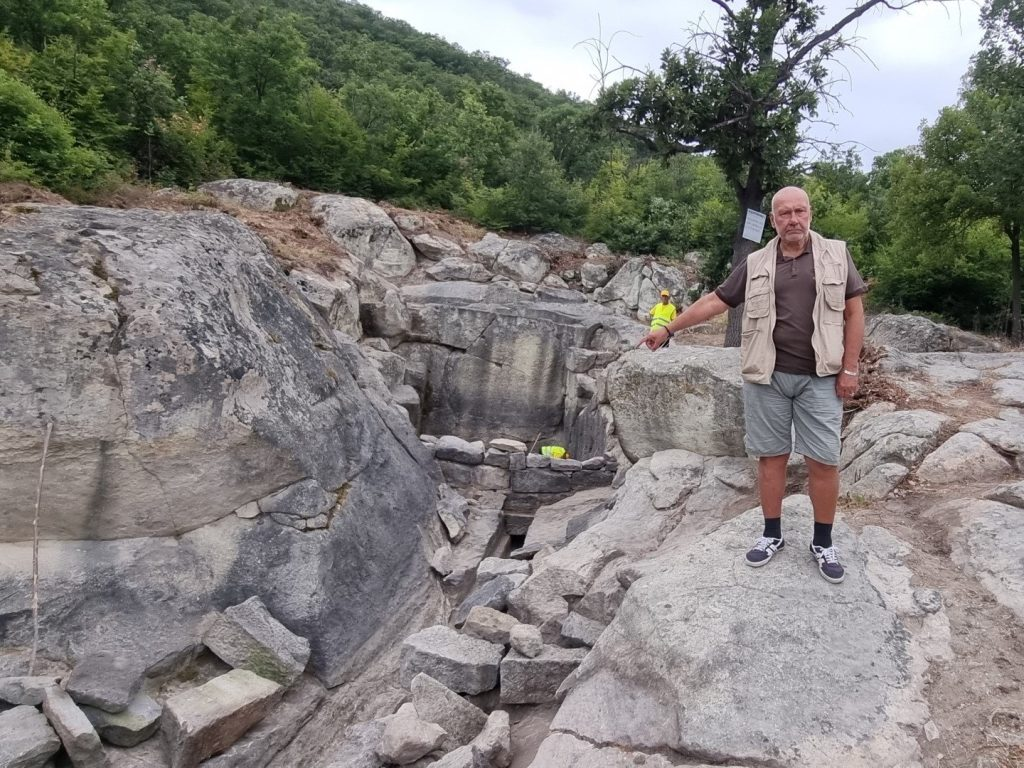Recent investigations have revealed a massive monumental water sanctuary (Nymphaeum) above the reservoir in Perperikon's southern district. It is a Nymphaeum from the second to third centuries, according to Professor Nikolay Ovcharov, director of the archaeological complex's excavation, who spoke to media.
One of the earliest megalithic structures is Perperikon, an archaeological complex in the Eastern Rhodopes of Bulgaria, at a height of 470 meters close to the settlement of Kardzhali.
It was previously thought that the location simply had a water reservoir. Recent excavations have revealed the presence of a sanctuary with a lovely Roman wall and columns.
Water nymphs' havens were called nymphaeums. It was a magnificent semicircular Classical fountain house that was lavishly ornamented for public usage. It frequently had sculpture-filled niches. The nymphaeum was used as a church, a reservoir, and a gathering place for weddings.
One of Perperikon's most extensively researched regions, according to Professor Nikolay Ovcharov, has only ever been viewed as a reservoir with a volume of drinking water close to 500,000 liters and a depth of roughly 5 meters.
Archaeologists came to the conclusion that the water temple existed as a result of the recent finds made on the site during the ongoing restoration effort.
It turned out that this cistern had just three sides that were cut into the rocks, as opposed to the four sides of the cistern on the Acropolis. It had a lovely, very well-made square wall on the east side, which, as it turned out, was the facade of this facility. According to Prof. Ovcharov, we discovered pieces of cornices, pedestals for columns, column bases, and probably even statues during the excavations.
In his remarks, Ovcharov stressed the significance of urban nymphaeums, particularly during siege periods, and noted that analogous artifacts of glorifying and deification of water are uncommon in Bulgaria. He also noted that such examples exist in Asia Minor.
Due to a shortage of governmental funding, archaeological excavations in Perperikon have only been taking place for the past two years with the assistance of the Municipality of Kardzhali. The work will continue until mid-September 2023.
The ancient city of Perperikon, which is supposed to have been a sacred site, is situated on a rocky hill that is 470 meters high in the Eastern Rhodope mountains of southern Bulgaria, 15 kilometers northeast of the modern town of Kardzhali.
Perperikon dates back to the Chalcolithic era, over 8000 thousand years ago, but its heyday was in late Antiquity, when it rose to prominence as the capital of the Roman Empire's Thracian province.









